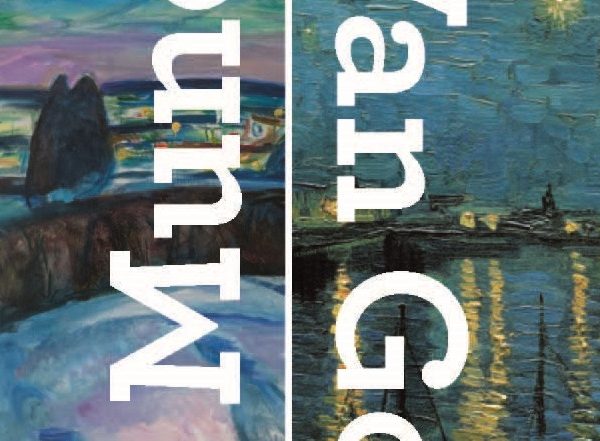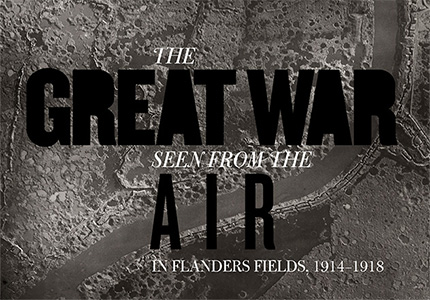The artist and the writer: Berlinde De Bruyckere and J.M. Coetzee
Belgian artist Berlinde De Bruyckere is a contemporary sculptor of enormous renown. Her striking, disquieting, mixed-media pieces are composed of wax, horse hair, wool, wood, and paint, among other substances. Her forms are reminiscent of bones and flesh, broken tree limbs and tattered rags. There is a beauty to the pieces, but they can be difficult to look at.
In 2013, her installation Cripplewood-Kreupelhout debuted at the 55th Venice Biennale. In anticipation of that project, the artist contacted a writer whom she greatly admired, Nobel laureate J.M. Coetzee, and asked him if he would be willing to act as curator. He was indeed willing, and the result was a collaboration that resulted not only in a dramatic piece of art – the largest sculpture De Bruyckere had yet made – but also a moving correspondence between the artist and the novelist, a story by Coetzee entitled “The Old Woman and the Cats,” and another short piece of writing by Coetzee which was, like the sculpture, entitled Kreupelhout.
KREUPELHOUT
Cripplewood is not deadwood. Deadwood: in the mythology of the American West, the town of failed hopes where all trails end. Cripplewood, by contrast, is alive. Like all trees, the cripplewood tree aspires toward the sun, but something in its genes, some bad inheritance, some poison, twists its bones.
The lexical tangle around kreupelhout–cripplewood–gnarlwood (gnarled, knurled, knarled are all the same work in variant forms):
1 kreupel—kruipen–creep–crouch–crutch (kruk)
2 gnarl: gnarled, snarled (knotted)
3 snarl: 1. a snare (trap); 2. a tangle, knot (of hair)
The cripplewood tree that cannot straighten itself, that grows bent, at a crouch; from whose limbs we cut crutches for those who can only creep; a tree of knotted limbs, gnarled, snarled.
Knots are of two kinds: the rational kind, creations of human reason, that having been tied can be untied; and the kind that occur in nature, for which there is no loosening, no solution, no oplossing.
Cripple/ kreupel: a word no longer in polite use. Rejected as unclean, it is dismissed back to the world from which it came and to which it belongs, a world of hovels and tenements, of open drains and coal cellars and horse-drawn carts and starving dogs in the streets. An unwanted word, pressed back, repressed, buried. The cripplewood tree grows our of the buried past into our clean present, pushing its knotted fingers up through the grate/ gate behind which we have shut it.
J.M. Coetzee
Adelaide, 14 February 2013
The correspondence, the story, and a detailed rendering in photos and words of the installation are gathered together in the 2013 book Cripplewood/Kreupelhout, which was published by Mercatorfonds and distributed by Yale University Press.
This month, we’re pleased to distribute for the same publisher a first-ever monograph, Berlinde de Bruyckere, edited by Angela Mengioni and with contributions by Emmanuel Alloa, Gary Carrion-Murayari, J.M. Coetzee, Caroline Lamarche, Angela Mengioni, and Philippe Van Cauteren. Surveying the full breadth of De Bruyckere’s career, the book captures the unsettling tension between the immense force of her art and the commentary on the frailty of life that they often offer.

























